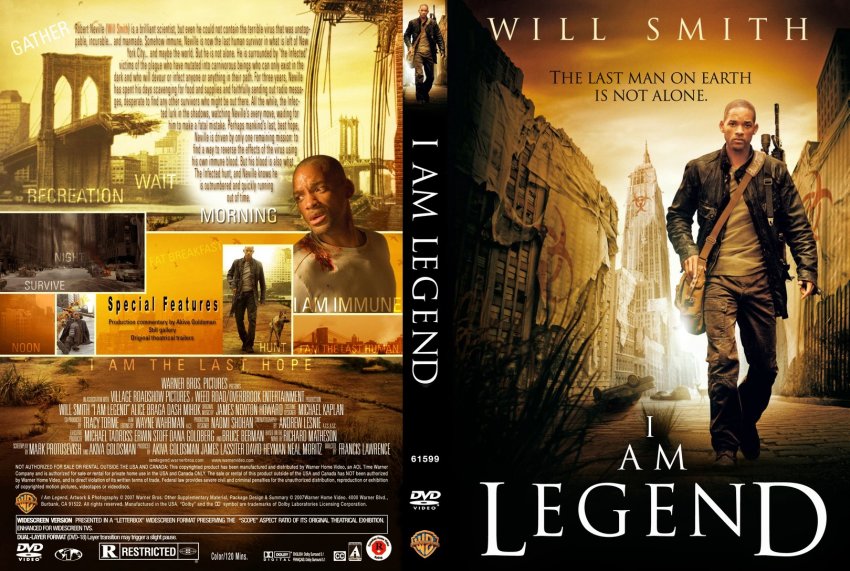
Chapter 1 therefore examines the original novel within the context of post-war America while keeping in mind the fact that Matheson served in Europe. Because the novel was published in 1954, it would be natural to consider it a Cold War text instead, Ransom reads it as a result of the trauma evoked by World War II and the Korean War. Ransom analyses the novel and the four films in chronological order. I Am Legend as American Myth situates Matheson’s original narrative in the historical context of time it was created: World War II and the Cold War period immediately following. Ransom’s book is therefore a welcome, detailed comparison of Matheson’s novel and its four full-length film versions. Yet, even if Matheson’s con-tributions to the genre are clear, fewer studies on Matheson have appeared than one might expect (despite a slight uptick of interest since the Will Smith film version in 2007). Ransom’s study is a timely one due to Richard Matheson’s great influence on North American SF – in fact, George Romero wrote the screenplay for Night of the Living Dead (1968) after encountering the novel Matheson’s story may thus be considered the starting point for the modern zombie genre. Still, it offers a wonderful opportunity to follow through on the changes in the many adaptations of Richard Matheson’s novel I Am Legend (1954), which Ransom examines using gender, race, and adaptation theory. ISBN 978-1476668338.Īlthough Ransom’s previous work in Canadian SF has won the Pioneer Award offered by the Science Fiction Research Association, I Am Legend as American Myth unfortunately lacks the same ambition or cohesiveness.

I Am Legend as American Myth: Race and Masculinity in the Novel and Its Film Adaptations. I Am Legend as American Myth: Race and Masculinity in the Novel and Its Film Adaptations Fafnir – Nordic Journal of Science Fiction and Fantasy Research, Volume 7, Issue 2, pages 121–124.


 0 kommentar(er)
0 kommentar(er)
